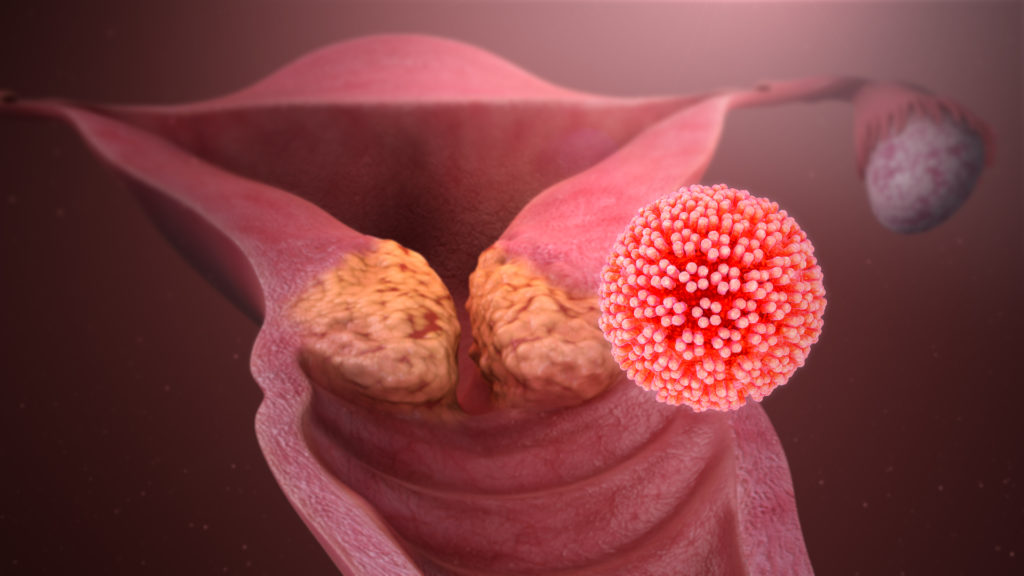Human papillomavirus (HPV) is the most common sexually transmitted infection. More than 200 types of HPV are known and, some of them might cause associated diseases, such as anogenital warts or certain types of cancer.
An investigation developed by several international centers, among which are the Bellvitge Biomedical Research Institute (IDIBELL), the Catalan Institute of Oncology (ICO), the German Cancer Research Center (DKFZ), the Laboratory of the DDL Diagnosis of the Netherlands, and the Cancer and Infection Biology group (IARC) of Lyon, has collected and analyzed 18,247 samples of patients from 50 countries. The samples were from tumors of the cervix, vulva, vagina, anus, penis, and tumors of head and neck. “The project, which was born in 2003, was raised as an international study as controlled as possible, and with a sufficiently large sample size to be able to obtain robust approximations of the impact of HPV and its vaccine in the prevention of these cancers,” says Dr. Laia Alemany, leader of the study.
The identification of HPV types that are involved in these cancers revealed that the vaccine currently used, the nonavalent vaccine protects against the viral types present in most of the tumors. Its application can reduce to half the total cases of cancers in anatomical locations associated with HPV infection and, in particular, prevent 90% of cervical cancer cases. These results suggest that, with the prevention tools that currently exist, cervical cancer could no longer be a public health problem.
18,247 samples from 50 countries
This is the first, and the only study carried out in this field with such a large sample size and geographical representation. Besides, it is the most rigorous and homogeneous to date, in the sample treatment and in the analysis protocol, which in addition to the detection of viral DNA it uses two different biomarkers for viral activity in tumors.
One of the main study’s aims was to calculate the proportion of the total cancer cases which can be attributable to HPV infection. In some of them, as cervical cancer or 83% of anal cancers, HPV infection is the main oncogenic cause. In others, such as tumors in the oral cavity (4.4%), the larynx (3.5%) or the oropharyngeal cavity (22.4%), there are other carcinogenic factors, such as the consumption of tobacco and alcohol. However, changes in sexual and health habits are increasing the prevalence of HPV in these types of cancer.
In the same way, the large number of analyzed samples allowed us to study correlations between the data obtained according to the origin, sex or age of the patient.
The HPV vaccine
In HPV vaccines is reproduced the virus cover, this is the part that our body recognizes. The first HPV vaccines acted against the most oncogenic viral types, on 16 and 18. Besides, in the tetravalent vaccine, they add the types of viruses that cause anogenital warts (6, 11). We currently have another vaccine with a wider spectrum that covers genotypes 6,11,16,18,31,33,45,58, and 58.

